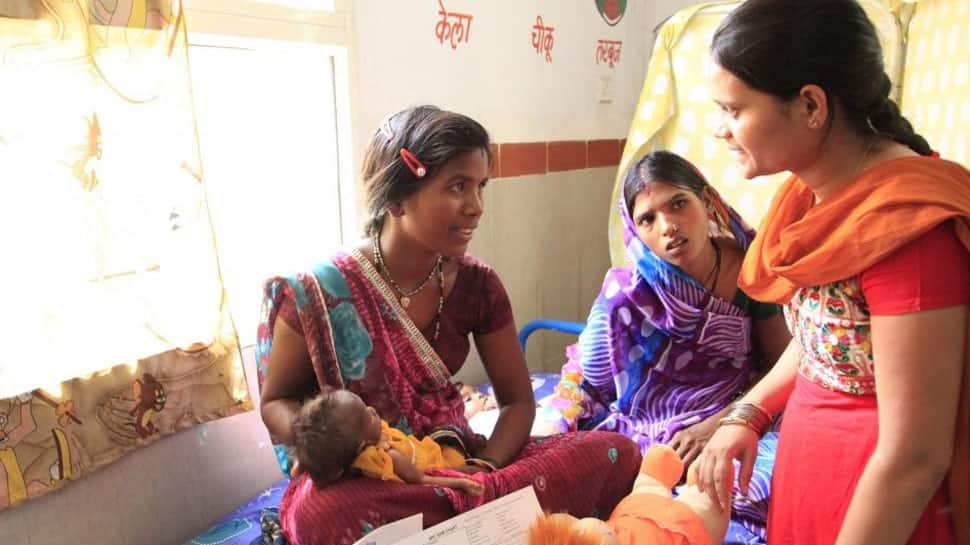NEW DELHI: Uttarakhand is the worst-performing state in the country in terms of child sex ratio at birth, according to the Niti Aayog`s Sustainable Development Goals (SDG) India Index 2020-21 released recently.
As per the Niti Aayog SDG data, the hill state's child sex ratio is 840 as compared to the national average of 899. Chhattisgarh has emerged as the best performer in this category where the male-to-female ratio at birth stands at 958 - much above the national average.
Kerala is placed second with a sex ratio of 957, as per the NITI Aayog data. States like Punjab and Haryana have also made significant progress in this category. While Haryana recorded birth of 843 females per 1000 males, the number has reached 890 in Punjab.
According to the third edition of the Niti Aayog`s SDG India Index 2020-21, released by NITI Aayog Vice Chairperson Dr. Rajiv Kumar, Kerala has retained the top rank with a score of 75 while Bihar has been adjudged as the worst performing state with a total score of 52.
As per the Niti Aayog figures, both Himachal Pradesh and Tamil Nadu took the second spot with a score of 74 while Bihar, Jharkhand and Assam were the worst-performing states in this year`s India index with scores of 52, 56 and 57 respectively.
Chandigarh too maintained its top spot among the UTs with a score of 79. Mizoram, Haryana, and Uttarakhand are the top gainers in 2020-21 in terms of improvement in score from 2019, with an increase of 12, 10 and 8 points, respectively.
"The country`s overall SDG score improved by 6 points--from 60 in 2019 to 66 in 2020-21. This positive stride towards achieving the targets is largely driven by exemplary country-wide performance in Goal 6 (Clean Water and Sanitation) and Goal 7 (Affordable and Clean Energy), where the composite Goal scores are 83 and 92, respectively," said Niti Aayog.
First launched in December 2018, the index has become the primary tool for monitoring progress on the SDGs in the country and has simultaneously fostered competition among the states and union territories by ranking them on the global goals. With one-third of the journey towards achieving the 2030 Agenda behind us, this edition of the index report focuses on the significance of partnerships as its theme, the Aayog said.
Amitabh Kant, CEO, NITI Aayog said, "The report reflects on the partnerships we have built and strengthened during our SDG efforts. The narrative throws light on how collaborative initiatives can result in better outcomes and greater impacts."
The SDG India Index 2020-21, developed in collaboration with the United Nations in India, tracks the progress of all states and UTs on 115 indicators that are aligned to MoSPI`s National Indicator Framework (NIF). The index represents the articulation of the comprehensive nature of the Global Goals under the 2030 Agenda while being attuned to the national priorities.
The modular nature of the index has become a policy tool and a ready reckoner for gauging the progress of states and UTs on the expansive nature of the Goals, including health, education, gender, economic growth, institutions, climate change and environment.
(With Agency inputs)
















